What is a Haboob?
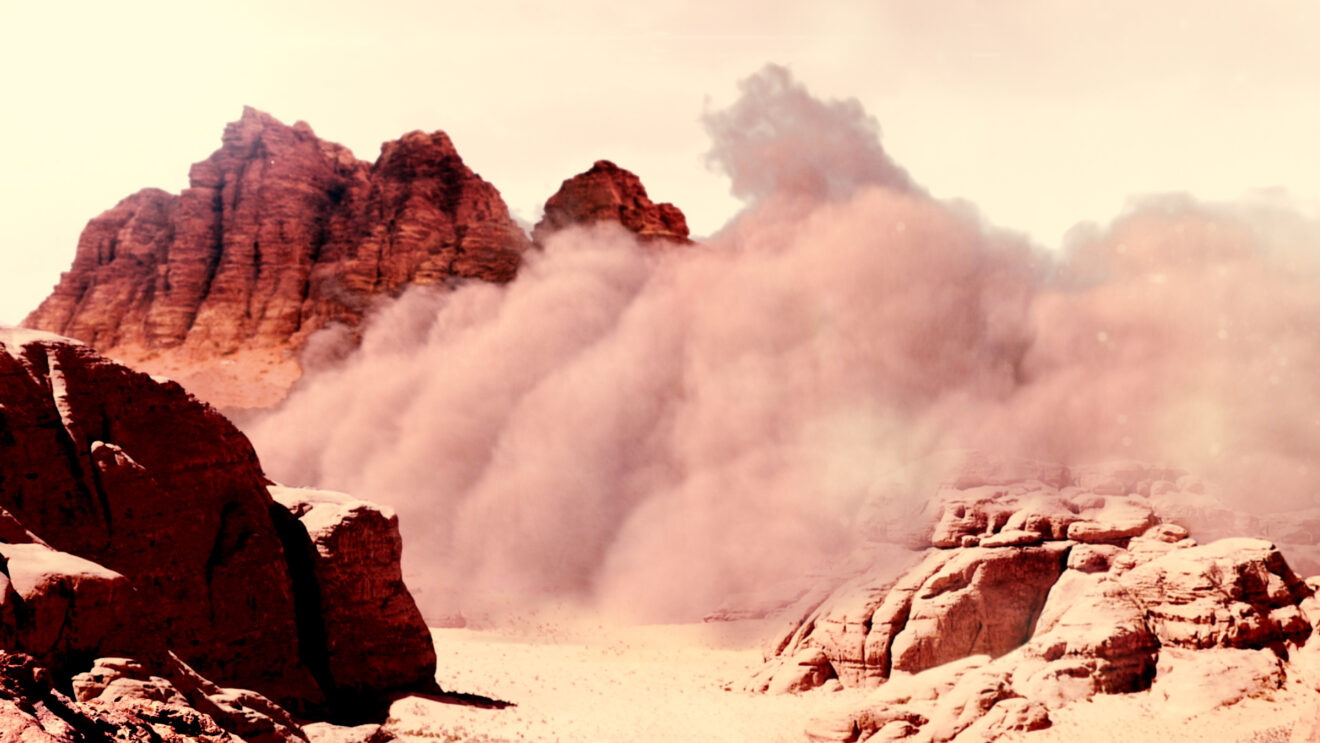
A haboob (Arabic: هَبوب, romanized: habūb, lit. ’blasting/drifting’) is a type of intense dust storm carried on an atmospheric gravity current, also known as a weather front. Haboobs occur regularly in dry land area regions throughout the world. Like haboobs that occur in the Middle East, haboob occurrences in North America are often created by the collapse of a thunderstorm. This is a local or mesoscale event, and at […]
What is a Dust Devil? (video)

A dust devil is a strong, well-formed, and relatively short-lived whirlwind, ranging from small (half a metre wide and a few metres tall) to large (more than 10 m wide and more than 1 km tall). The primary vertical motion is upward. Dust devils are usually harmless, but can on rare occasions grow large enough to pose a threat […]
New “Destructive” Severe Thunderstorm Warning category to trigger Wireless Emergency Alerts on mobile phones
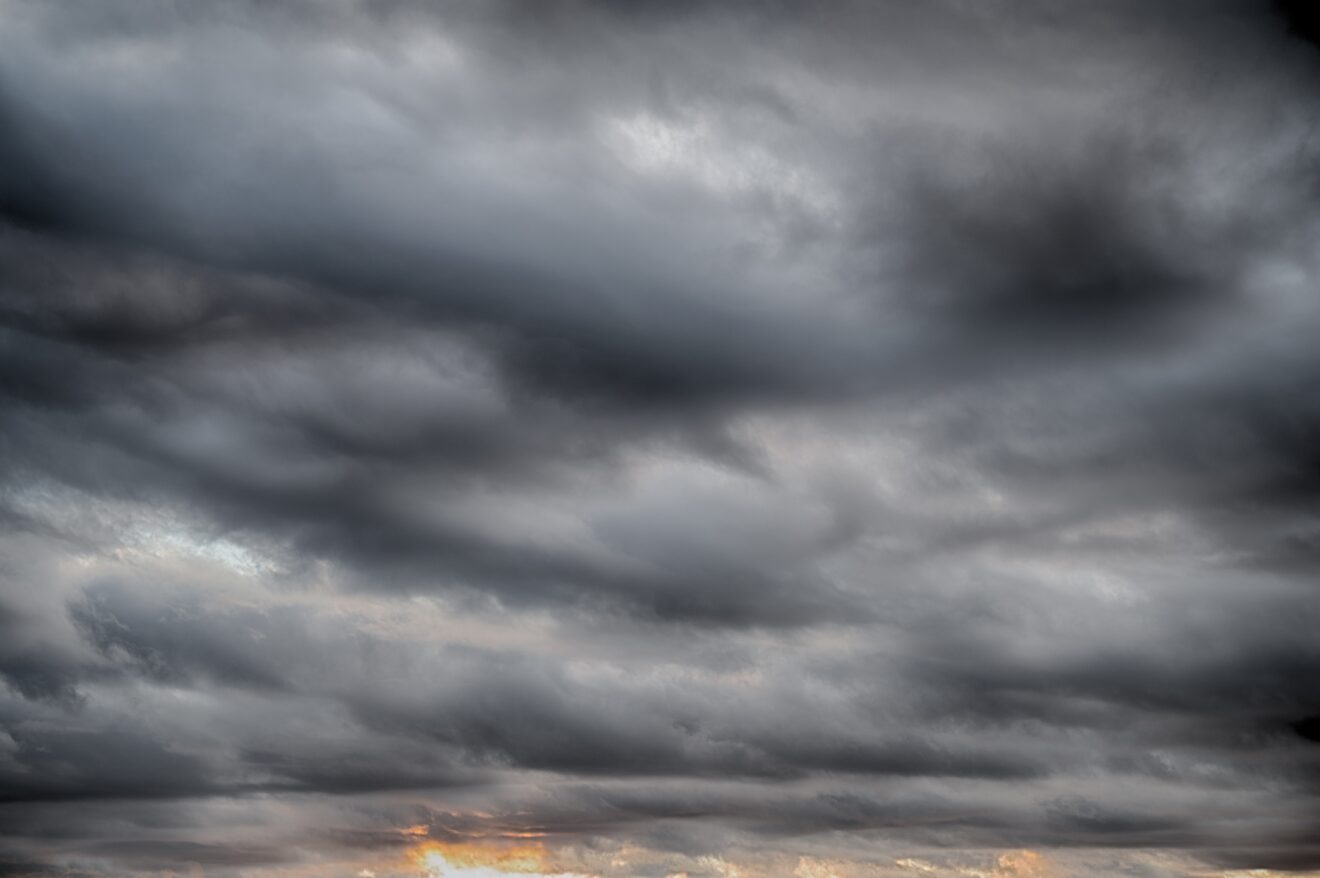
July 22, 2021 – Severe thunderstorms can be life-threatening, but not all severe storms are the same. Hazardous conditions range from tornadoes, large hail storms, and widespread straight-line winds called derechoes, to cloud-to-ground lightning and flash flooding. Starting August 2, the National Weather Service will better convey the severity and potential impacts from thunderstorm winds and […]
Renewable Energy OK, but Not Too Close to Home
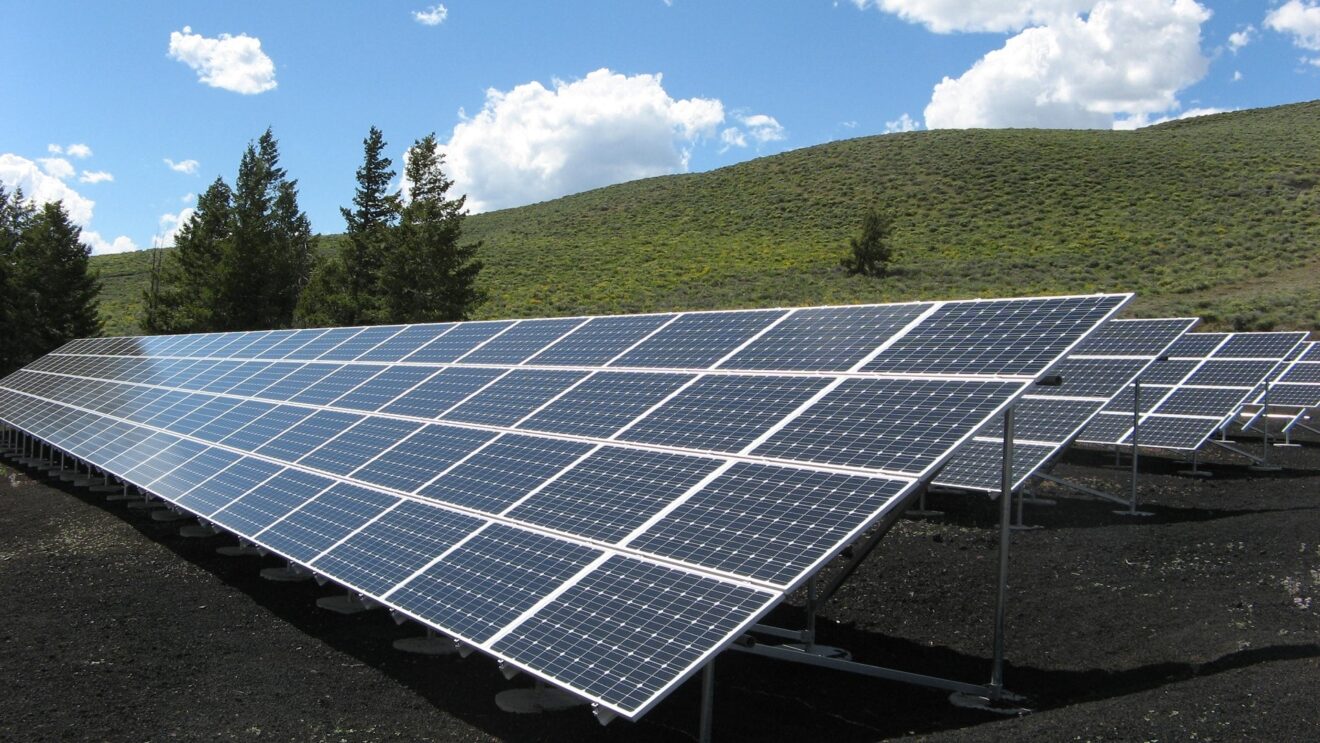
When it comes to transitioning from carbon-based to renewable source energy systems, Americans are on board. They’re less keen, however, having these new energy infrastructures—wind turbines or solar farms—built close to their homes, which creates hurdles for policymakers. That’s according to a study from University of Georgia researcher Thomas Lawrence. Lawrence and an international team […]
NASA Tracks Heat Wave Over US Southwest

While one science instrument mapped the dome of high pressure that settled over the southwestern U.S. in early July, another captured ground surface temperatures. Just weeks after the Pacific Northwest endured record-shattering temperatures, another heat wave scorched the U.S. Southwest. This heat wave, which started around July 7, tied or broke several all-time records […]
Pfister Energy Opens Regional Office In Colorado
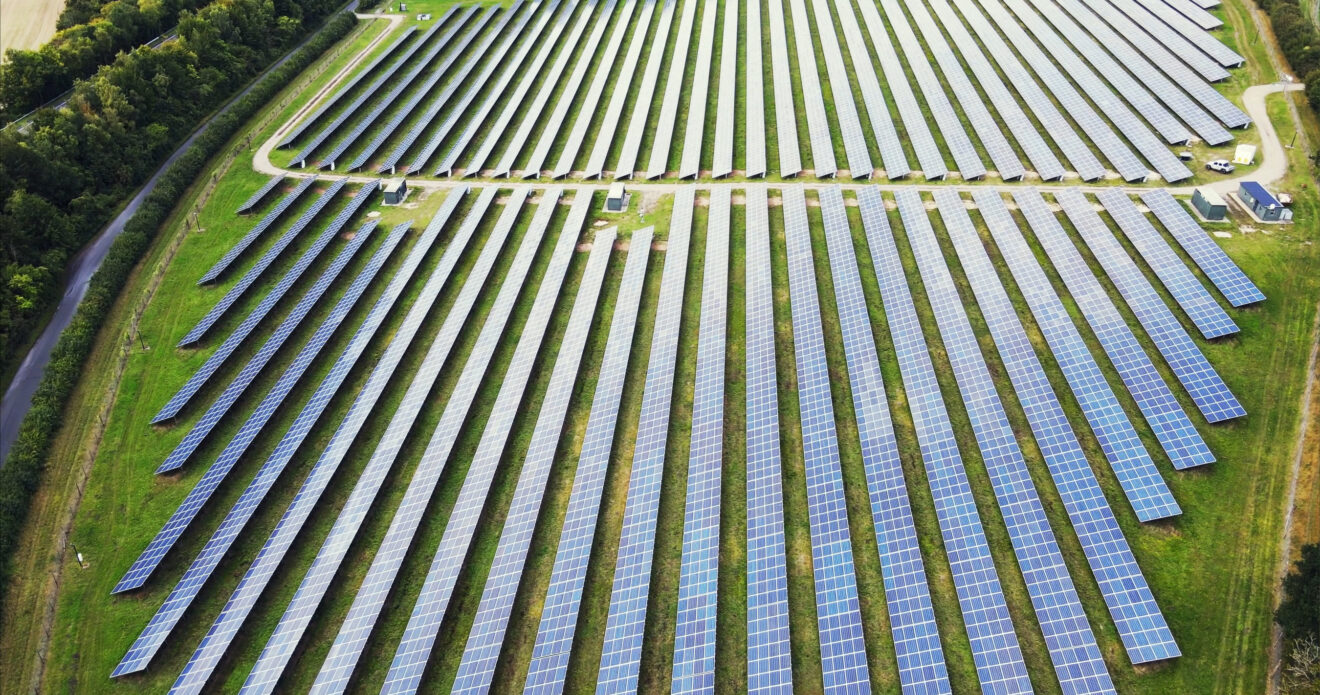
HAWTHORNE, N.J. — After nearly 20 years of developing, engineering, and constructing solar projects throughout the Northeast, Pfister Energy, a leading turnkey commercial, industrial, and utility-scale solar energy firm, is announcing the opening of a regional office in Denver, Colorado. This expansion will allow Pfister to work directly with clients to design, install, and maintain solar energy solutions […]
Sustainable Living: Can You Keep Up?

By Cali C. Rosewell Unless you are living inside a rock, everyone must be aware right now on the damages we have caused the Earth through the years. Good thing there are people who have taken the step towards sustainable living, which a lifestyle that reduces environmental impact. This kind of lifestyle is beneficial […]
Younger US consumers are leading the way on environmental concern, activism

New GfK survey shows 18-to-35 age group is more likely to say “green” brands have altruistic motives NEW YORK, NY, UNITED STATES — After a year of lockdowns and deprivation, a new GfK survey reveals that the environment is still a powerful concern for Americans – and that younger consumers are leading in the charge on […]
Russian Forests Are Crucial To Global Climate Mitigation
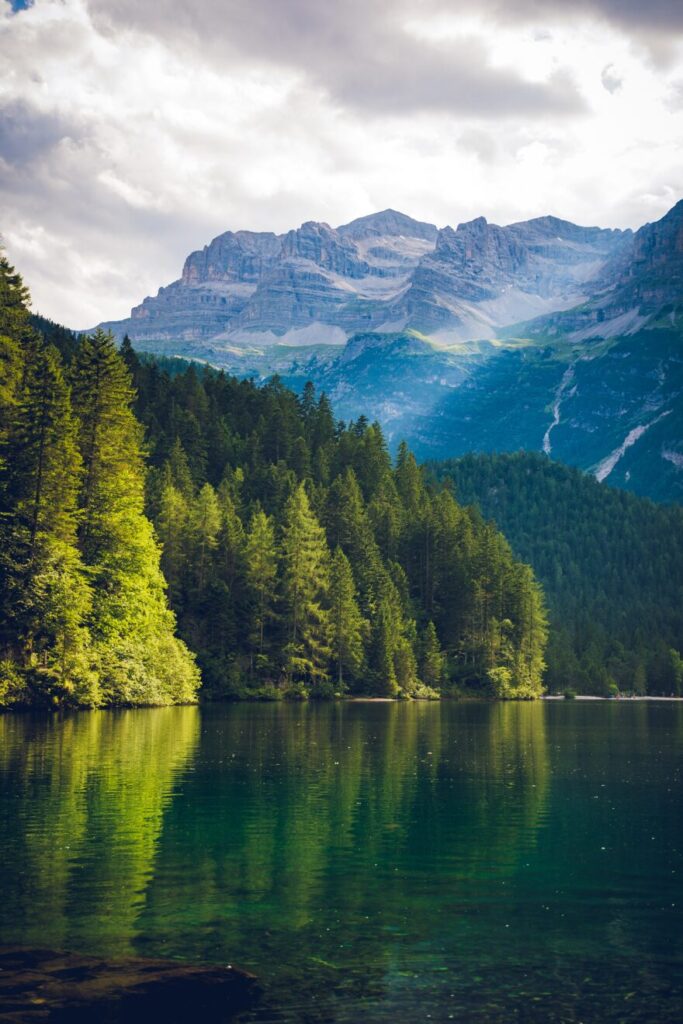
Russia is the world’s largest forest country. Being home to more than a fifth of forests globally, the country’s forests and forestry have enormous potential to contribute to making a global impact in terms of climate mitigation. A new study by IIASA researchers, Russian experts, and other international colleagues have produced new estimates of biomass […]
What is Summer Solstice? (video)

The summer solstice, also known as estival solstice or midsummer, occurs when one of the Earth’s poles has its maximum tilt toward the Sun. It happens twice yearly, once in each hemisphere (Northern and Southern). For that hemisphere, the summer solstice is when the Sun reaches its highest position in the sky and is the day with the longest period of daylight. Within the […]


